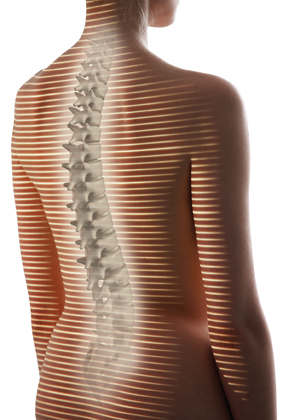Knowing is not enough, we must apply. Willing is not enough, we must do."
(Bruce Lee)
What its all about ...
Sports Science is about knowing as much as there is to know about the human body, from bones and muscles to skin and tissue. It traditionally incorporates areas of physiology, exercise physiology, psychology (sport psychology), anatomy, biomechanics and biochemistry.
Gaining an understanding of how sport and physical activity promotes health from a cellular to whole body perspective. Sport scientists are growing in demand, with the ever-increasing focus within the sporting world on achieving the best results possible.
OUTCOMES ...
- Keep fit and healthy.
- Prevent future injuries.
- Improve performance.
- Rehabilitate their injury.
- Educate themselves about the human body.
- Understand the biomechanics of human body.
BENEFITS ...
- Enable better sitting, standing, walking or running.
- Release contracted muscles, tendons, and fascia.
- Mobilize joints, increase joint and muscle flexibility.
- Improve motion, muscle strength, endurance and motor control.
- Muscle training or neuromuscular re-education.
- Maintenance of range of motion (ROM).
- Improve circulation.
- Improve cardiovascular endurance and respiratory function.
- Improve posture, balance, and coordination.
- Promote relaxation and relief of tension.
- Improve or maintaining exercise performance and functional capacity (endurance).
- Preventing and recovery from injury or surgery.
- Improve health and well-being.
What it can do for you ...
It can be described as an approach to physical activities designed and prescribed for specific therapeutic goals. The purpose being, to restore normal musculoskeletal function or to reduce pain caused by diseases or injuries. It is repetitive and intensive in nature, requiring time and dedication on the part of the patient/client and therapist.















